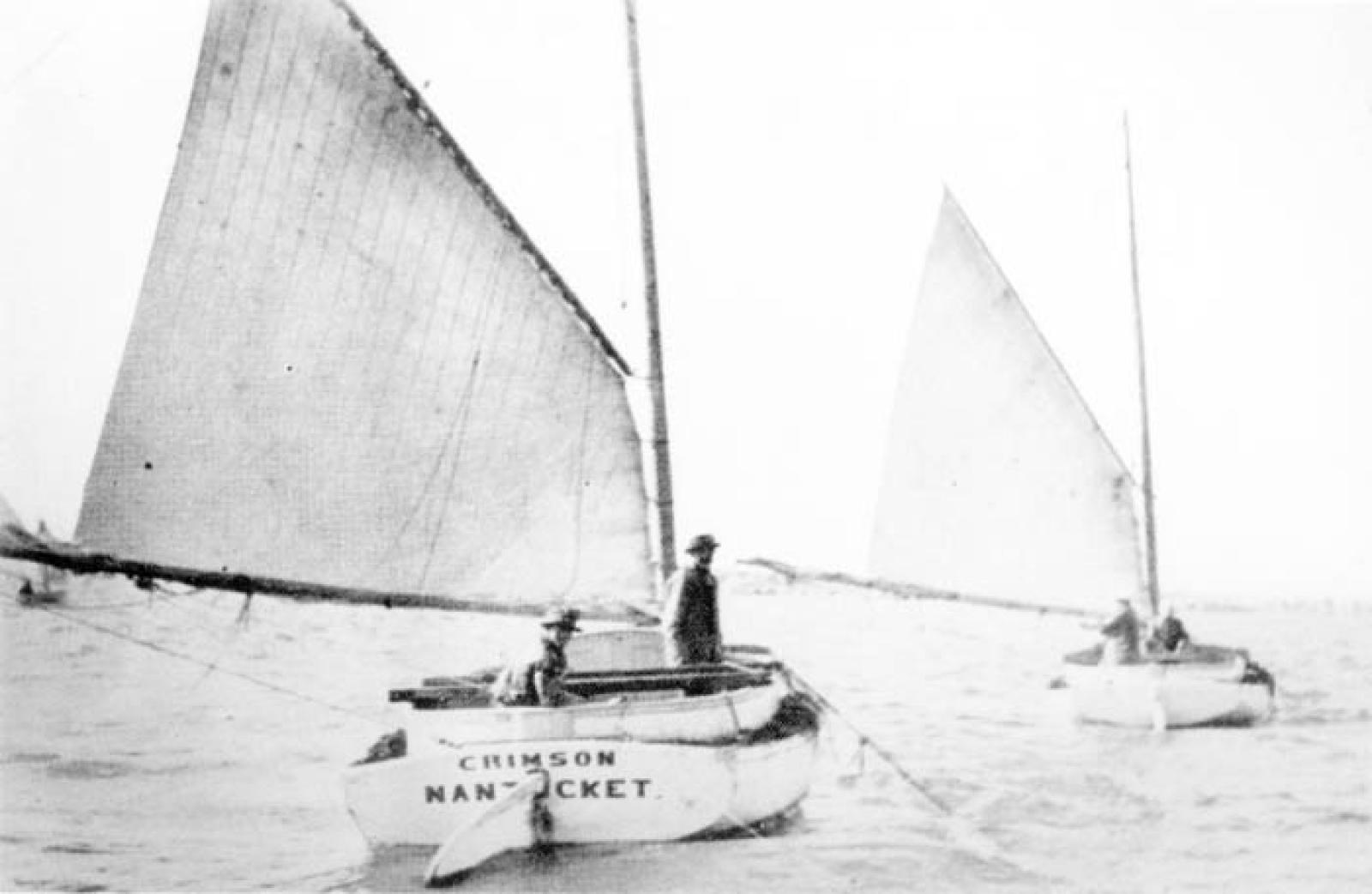Scallops:> A New England Coastal Cookbook, by Elaine Tammi and Karin A. Tammi, Pelican Publishing Co., Gretna, Louisiana, 350 pages, color photographs and illustrations, $39.95.
With fresh bay scallops being landed at Vineyard docks it is time to think about favorite recipes. Earlier this year Pelican Publishing came out with a cookbook and compendium of stories about both the coastal bay scallop and the deep sea scallop. The Vineyard is in the book, though not named often enough.
The book is written by a mother and daughter team. Karin Tammi, the daughter, manages a shellfish hatchery in Bristol, R.I. and worked on the Bay Scallop Restoration Project. She is an expert in field marine biology and a vice president of the Northeast Chapter of the Women’s Fisheries Network.
Her mother, Elaine, is the experienced cook. She is credited with having worked for 40 years in the kitchen, conducting cooking classes, and has writing experience about food preparation for magazines.
Oak Bluffs shellfish constable David Grunden is represented in the book with his recipe for Bay Scallop Scampi. Rick Karney, director of the Martha’s Vineyard Shellfish Group, who spends each year growing juvenile bay scallops, also has a recipe included for Spawnmeister’s Delight.
The cookbook has a few faults and they are best mentioned early to get them out of the way.
Its most egregious fault is that the cover jacket photograph does not look like a New England bay scallop at all, nor a sea scallop. Though the book is portrayed as a “New England coastal cookbook,” the picture on the cover is of a European king scallop (Pecten maximus).
Other issues are repetition and that the chapters are disconnected from each other, making it hard to read from cover to cover. It is better read in pieces, one chapter, one subject, put down and picked up at another time. After all, it is a cookbook.
With those small complaints behind us, the book is truly a golden resource, with a helpful index. It is a coffee-table book with colorful images and snapshots, and seaside stories.
The photography is alive and vibrant, from underwater pictures taken by a scientist, to still lifes of the animals as they are harvested and eventually make their way to the dinner table.
The book brings to life many personalities of those who love the bivalve, from Julia Child to Linda Greenlaw. There is science too regarding how these animals live. Did you know that a bay scallop can see?
For those who need help with their shucking technique, the book has a section for you. There is also useful information for those who would like to know more about this beloved resource. One of the differences between a bay scallop and a sea scallop besides taste is that a sea scallop can live up to 20 years and resides on the ocean bottom, in great abundance, mostly on Georges Bank. A coastal bay scallop lives only about two years and lives in coastal saltwater embayments and ponds.
In a nod to the issues of quality fresh seafood, the authors take the time to explain the difference between a calico scallop and the Chinese bay scallop, both offered up as cheaper alternatives to the local bay scallop. But here on the Vineyard we know that when it comes to taste, there is nothing better than a locally harvested bay scallop.
Martha’s Vineyard and Nantucket are the only two places in New England that have consistently thriving commercial and recreational seasons. While bay scallops were once abundant on Cape Cod and as far south as Long Island, the fisheries in those places have had a struggle of late.
The book honors the efforts in Westport to bring back the bay scallop and its fishery. Seemore Scallop, a celebrity, human-sized bay scallop, is pictured. Seemore Scallop is a child-friendly looking scallop who marches in parades and draws attention to the Bay Scallop Restoration Project in Westport. In years past Rick Karney, along with the efforts of others, brought the Westport mascot to the annual Edgartown Seafood Festival held for several years in the summer at Memorial Wharf. Of late, Mr. Scallop hasn’t been seen on these shores.
A New England Coastal Cookbook is, in effect, much more than its title suggests. Yes, it is a cookbook but it is also a comprehensive look at one of the Vineyard’s most precious resources. Enjoy.








Comments
Comment policy »